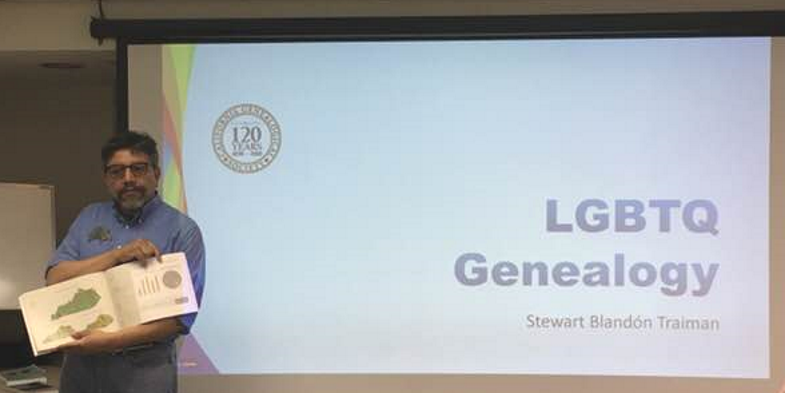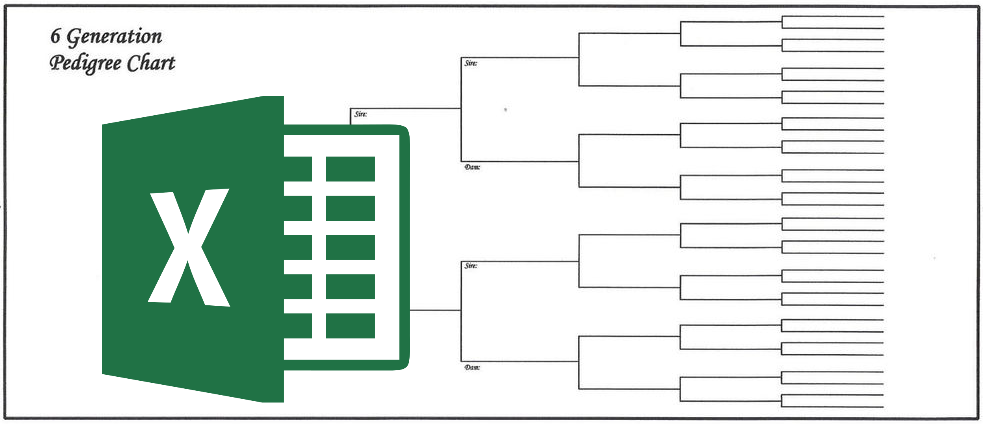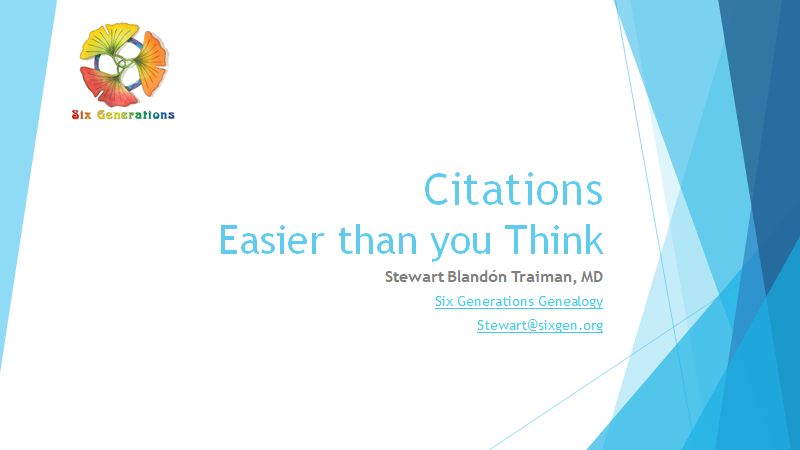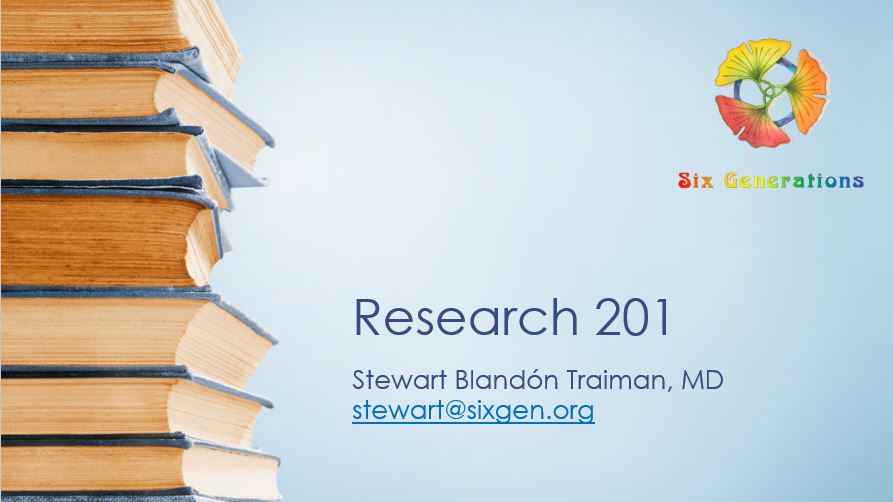Speaking Engagement
- 29 Sep – 5 Oct – Cohosting the CGS Research Trip to SLC
- 15 Oct – LGBTQ Genealogy, Downers Grove Public Library
- 19 Oct – LGBTQ Genealogy, Sonoma County Library
- 24 Oct – LGBTQ Genealogy, Cook Memorial Public Library District
- 12 June 2025 – LGBTQ Genealogy, Mount Prospect Public Library
- 21 June 2025 – LGBTQ Genealogy, Ohio History Connection Archives & Library
LGBTQ Genealogy
This 1 hour and 15 minutes presentation focuses on clues in the genealogical records to find ancestors that may have been Lesbian, Gay, Bisexual, Transgender, or Queer. Clues to ancestors can be found in photographs, census, newspapers, obituaries, cemeteries, military records, marriage records, and LGBTQ Archives around the world. Stewart tells stories of many LGBTQ ancestors in the historical context of LGBTQ rights. The presentation is both factual and emotional in portraying LGBTQ people in the past centuries.
The second part of the presentation focuses on current genealogical software and the difficulty faced by LGBTQ and adoptive families. Sometimes the software just doesn’t fit. Stewart makes recommendations on how software needs to evolve for today’s families.
Listen to a Podcast of Stewart discussing LGBTQ Genealogy on
- Bespoken Bones (May 2018)
- Your Pennsylvania Ancestors (July 2020)
- FindMyPast Interview – on YouTube (February 2021)
- LGBTQ Family History – at Permanent.org (June 2023)
Learning Objectives
- Increase awareness of clues in the genealogical record that will raise a “rainbow flag”.
- Write about LGBTQ ancestors just like any other person in a tree, openly and honestly.
- LGBTQ, adoptive, and stepfamilies all have similar struggles with current genealogy software.

Past Dates:
Excel for Genealogist
Stewart loves spreadsheets! He uses spreadsheets at work every day as an IT Manager. He is an expert in Microsoft Excel using it in genealogy very frequently. Laying out all the data in Excel can help researchers see gaps in knowledge or correlations between data points. Breakthroughs can easily happen by visualizing data in spreadsheets. Stewart shows many examples of his use of spreadsheets to track newspaper clippings, a vital records catalog, tracking ancestor addresses over time, and tracking whole families over many census. Stewart trains users to use Excel filter, sorting, color coding, calculations and many other functions.
Spreadsheets are fun!
Learning Objectives
- Basic Excel functions that aid in analysis of genealogical data.
- Explore several methods for date calculation, especially date prior to 1900.
- Complete a 19-lesson exercise in class or at home.

Past Dates:
Citations – Easier than you Think
Where did this marriage date come from? How do I know she re-married? If you are not citing the sources you have used, then you will be doomed to re-research. This is where citations save time, improve the accuracy and credibility of your genealogical writing. Citations help you and your readers get back to the same source where you found the mystery marriage date.
This class is based on Mastering Genealogical Documentation by Tom Jones (NGS, 2017). Stewart will breakdown all 17 chapters and lead you through exercises designed to sharpen your citation crafting skills. You will learn the five necessary elements of a good citation – Who, What, Where In, When, and Where Is. You will then put those elements together to create clear, complete, and accurate descriptions of your sources. The class will also discuss software aids to help you become a citation queen.
Learning Objectives
- Reduce anxiety and fear of “perfect” citations.
- Learn the elements needed for clear, complete, and accurate citations without templates dependencies.
- Establish your own master style for crafting citations.

Past Dates:
Genealogy 101
A discussion for beginners on how to get started preserving your family’s history. Once all the interviews from living relatives, especially the oldest, are recorded, what do you do with that information? I cover organization methods, software – both desktop and online, paid and free online resources, and where to look for offline resources.
Learning Objectives
- How to get started documenting family history.
- Understand online and offline software options.
- Introduction to major online sources.

Past Dates:
Research 201
A detailed dive into how to do research. Stewart presents eight non-linear steps in the research process – asking a question, planned the research, staying organized, researching, citing sources, writing, editing, and collaborating. Research 201 focuses on three steps of organizing notes, looking for sources, and writing citations.
Learning Objectives
- Organize notes with software and research logs.
- Creative thinking on where to find sources.
- Confidence in citing any source.

